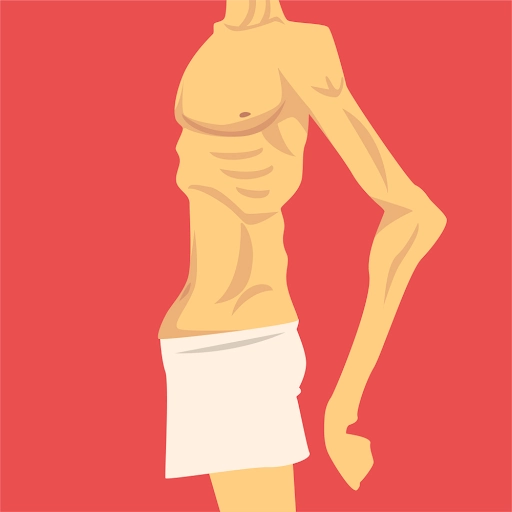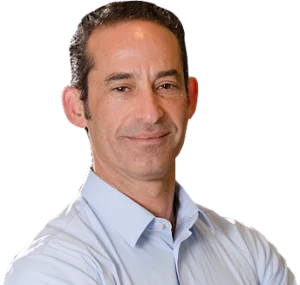There are many different forms of marijuana, also known as cannabis. Different strains and consumption methods have different strengths, purposes, and outcomes. RSO treats cachexia or wasting syndrome and is typically a whole-plant extract. You might be familiar with Rick Simpson oil or (RSO). This extract contains many chemical compounds called cannabinoids, including cannabidiol (CBD) and tetrahydrocannabinol (THC). These chemicals interact with the body in different ways. THC is the chemical responsible for people’s ” high ” when they use marijuana. CBD is not intoxicating, but it may have other effects on the body. Some early research suggests that cannabinoids may help reduce nausea and vomiting, improve appetite, and reduce weight loss in people with cachexia or wasting syndrome.
Cachexia or wasting syndrome is a condition associated with advanced cancer but it’s not the only medical condition that causes it. It is also associated with advanced stages of heart disease, HIV, and kidney disease as well. People with cachexia often lose a significant amount of weight and muscle mass.
They may also experience fatigue, weakness, and a decrease in appetite. Cachexia can make cancer treatment difficult or even impossible to tolerate. There is no cure for cachexia but treatments are available to help improve symptoms. Some treatments for cachexia include dietary changes, exercise, and medications such as megestrol acetate (Megace) and dronabinol (Marinol) a synthetic cannabinoid medication to improve appetite or reduce nausea and vomiting.
Marijuana may also be helpful in treating some of the symptoms of cachexia such as appetite loss, weight loss, and fatigue. Everyone has heard of the “munchies” a side effect that is beneficial to those suffering from Cachexia or wasting syndrome.
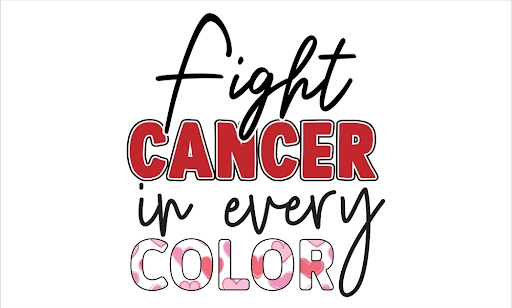
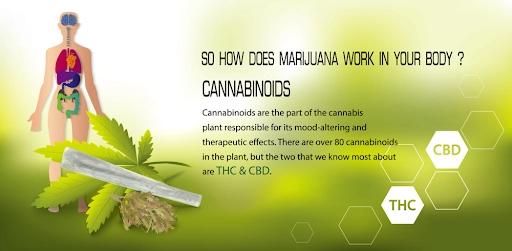
How Does Marijuana Work?
Marijuana works by interacting with the endocannabinoid system (ECS). The ECS is a system of receptors and chemicals that are found throughout the body. These receptors are found in the brain and organs as well as in the muscles, fat tissue, skin, immune cells, gut, and blood vessels. The ECS helps to regulate many different functions in the body including mood, memory, sleep, appetite, pain, immune function, reproduction, stress response, metabolism, energy balance, intestinal function, skin health, and more.
The two main types of receptors in the ECS are cannabinoid receptor type 1 (CB1) and cannabinoid receptor type 2 (CB2). THC binds to both CB1 and CB2 receptors while CBD predominantly binds to CB2 receptors. THC activates CB1 receptors which are mostly found in the brain and central nervous system. This is why THC causes intoxication or the “high” feeling often associated with marijuana use. CBD binds to CB2 receptors which are mostly found in the peripheral nervous system, immune cells, gut, and spleen.
Early research suggests that CBD may help reduce inflammation by interacting with these receptors.
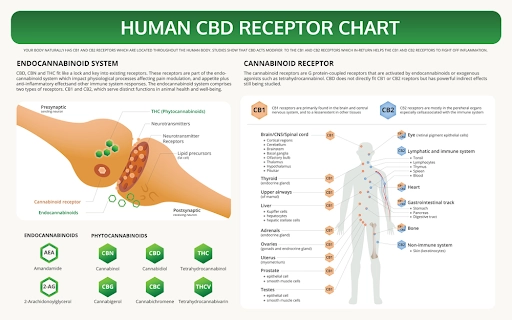


Marijuana is approved to treat Cachexia or Wasting Syndrome
It is important to note that marijuana does not cure cachexia or wasting syndrome but it may help improve some of the symptoms associated with these conditions such as weight loss, fatigue, pain, nausea and vomiting, stress response, anxiety, depression, and more.
Ask your doctor how cannabis may help you.
Marijuana may be helpful in treating some of the symptoms people experience and the jury is not but preliminary results are very encouraging. If you are considering using marijuana for any reason it is important to speak with your healthcare team first as it may interact with other medications you are taking.
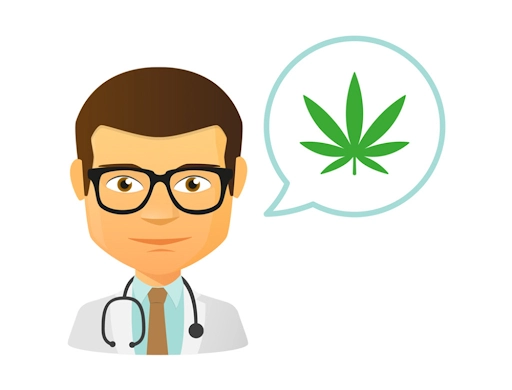
Legal & Medical Disclaimer
The information provided on this blog is for general informational and educational purposes only and is not intended as, nor should it be considered a substitute for, professional medical advice, diagnosis, or treatment. Always seek the advice of your physician or other qualified health provider with any questions you may have regarding a medical condition or treatment and before undertaking a new health care regimen. Never disregard professional medical advice or delay in seeking it because of something you have read on this website.
The content on this blog is provided “as is” and no representations are made that the content is error-free. The website takes no responsibility for errors or omissions in the content of this blog or other websites or resources that may be referenced or linked to herein. The website’s content is not intended to recommend or endorse any specific tests, physicians, procedures, opinions, or other information that may be mentioned on the site.
By using this blog, you agree to the foregoing terms and conditions, which may from time to time be changed or supplemented by this website. If you do not agree to the foregoing terms and conditions, you should not use this blog.
The information provided on this blog is for general informational and educational purposes only and is not intended as, nor should it be considered a substitute for, professional medical advice, diagnosis, or treatment. Always seek the advice of your physician or other qualified health provider with any questions you may have regarding a medical condition or treatment and before undertaking a new health care regimen. Never disregard professional medical advice or delay in seeking it because of something you have read on this website.
The content on this blog is provided “as is” and no representations are made that the content is error-free. The website takes no responsibility for errors or omissions in the content of this blog or other websites or resources that may be referenced or linked to herein. The website’s content is not intended to recommend or endorse any specific tests, physicians, procedures, opinions, or other information that may be mentioned on the site.
By using this blog, you agree to the foregoing terms and conditions, which may from time to time be changed or supplemented by this website. If you do not agree to the foregoing terms and conditions, you should not use this blog.


